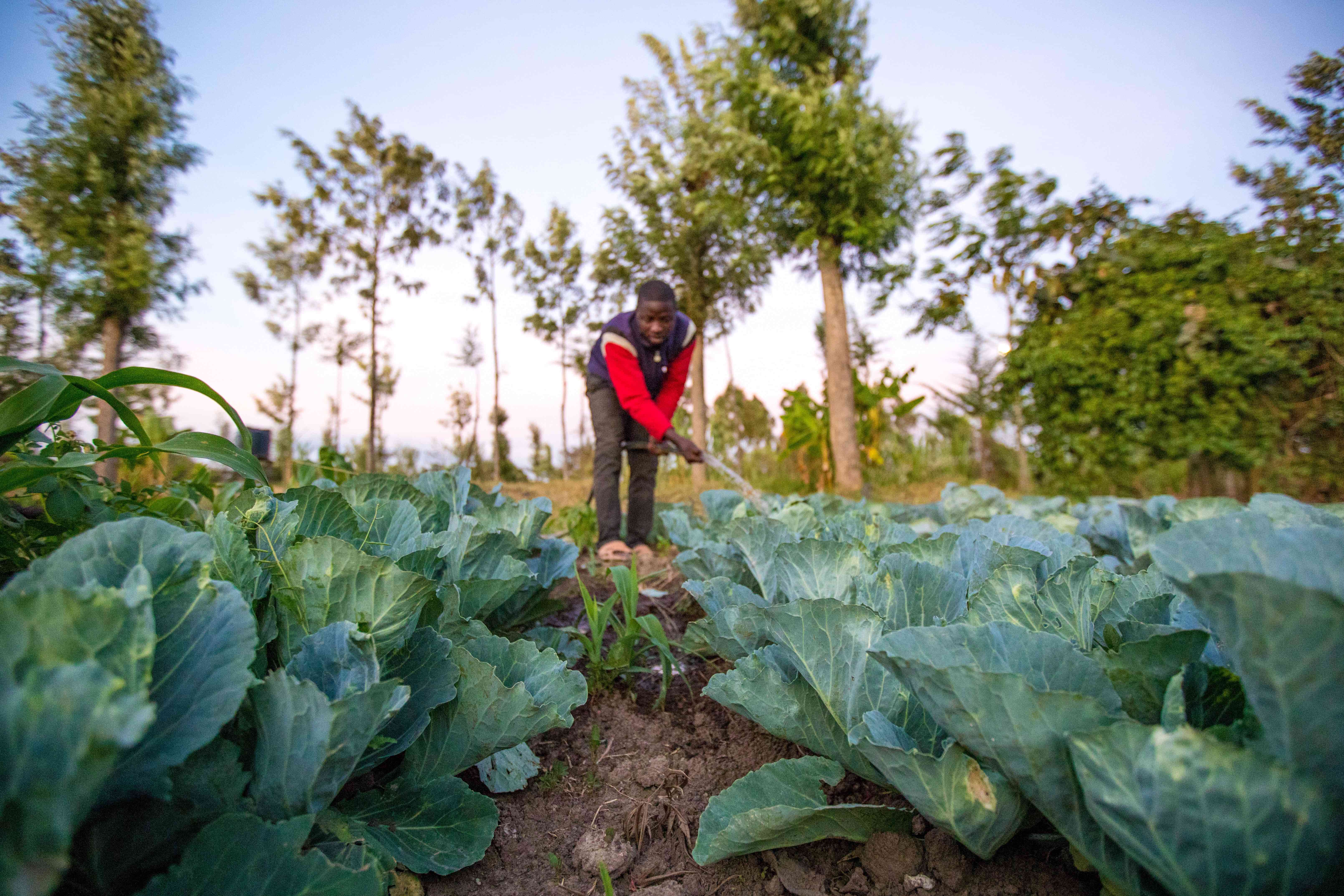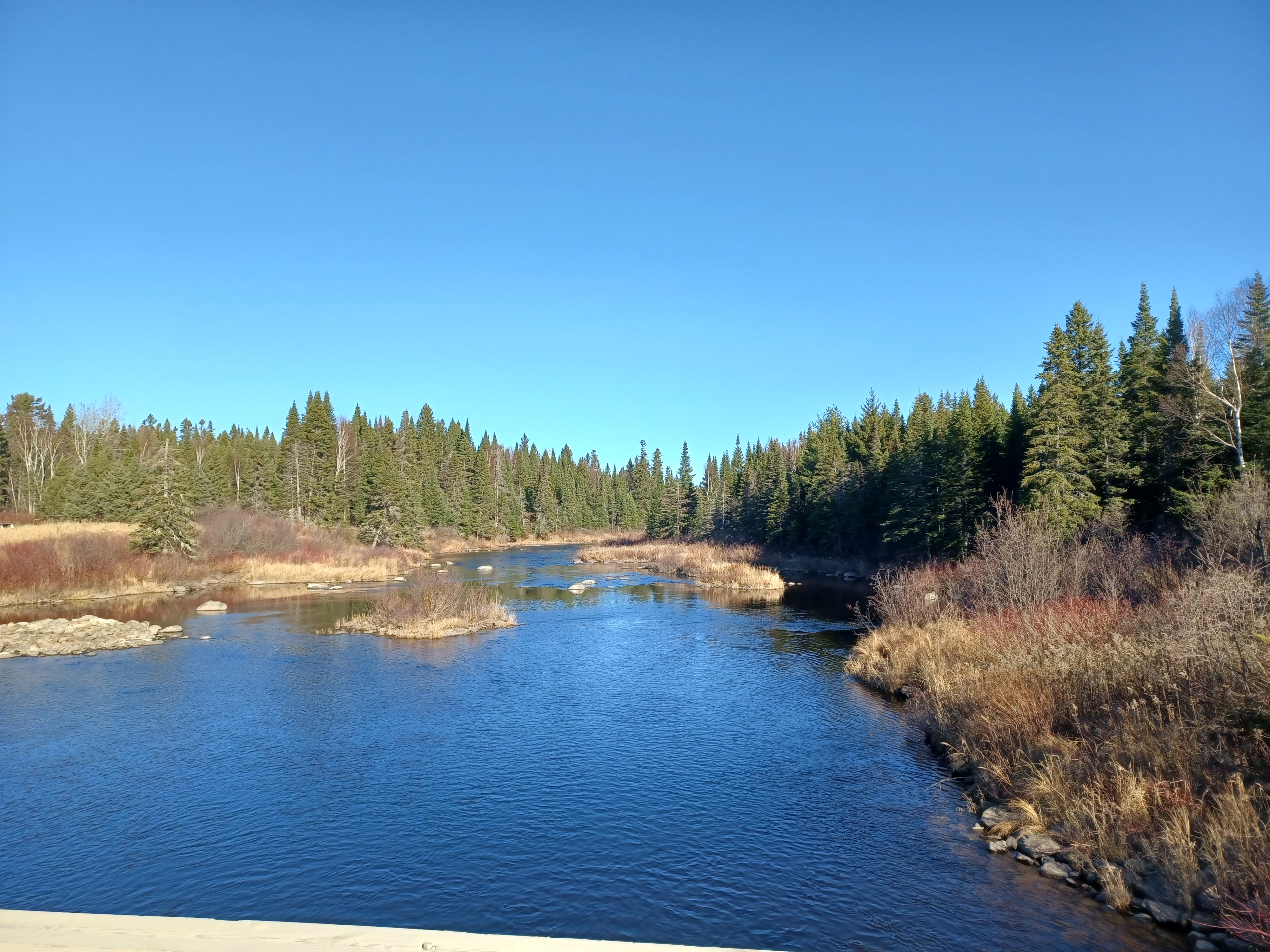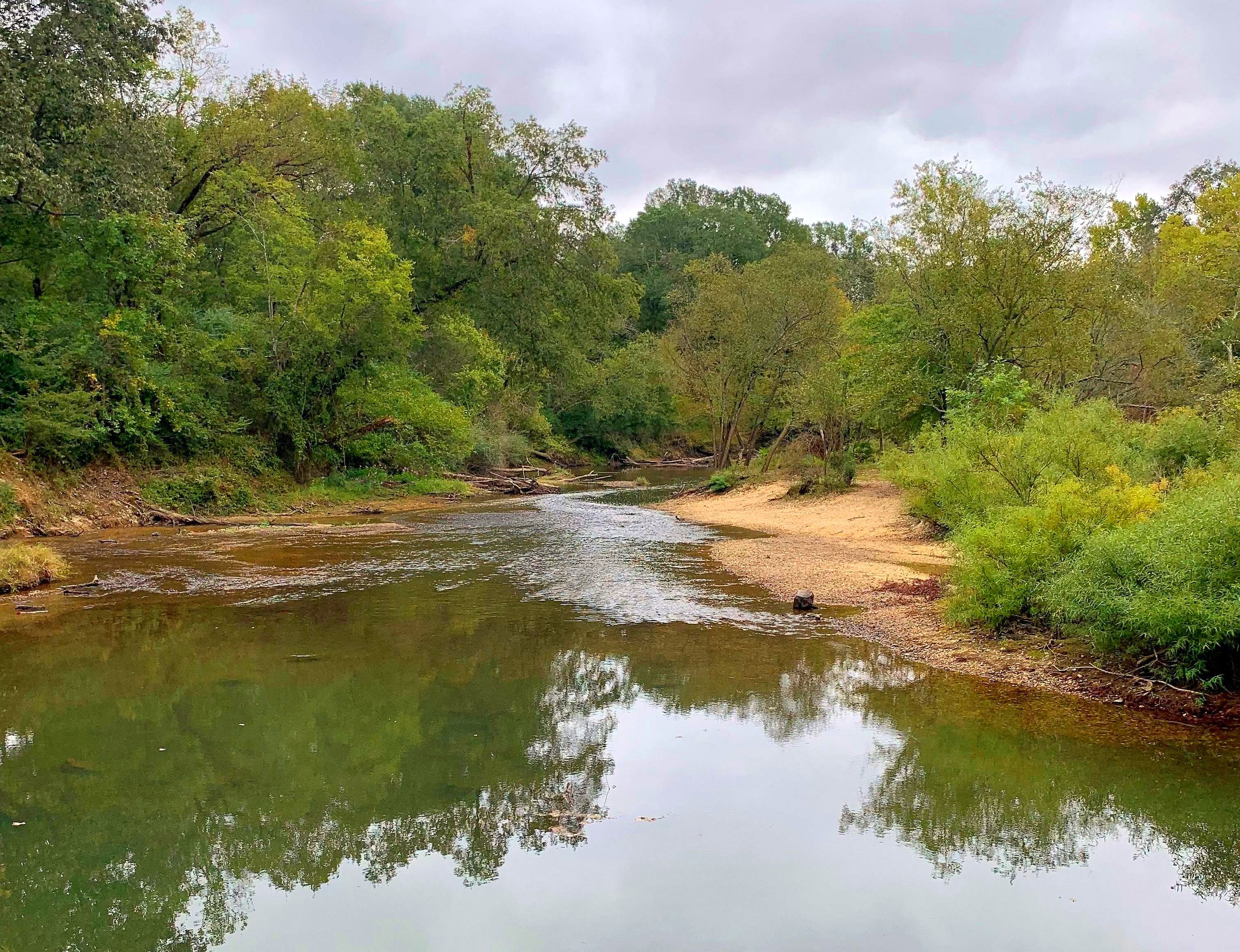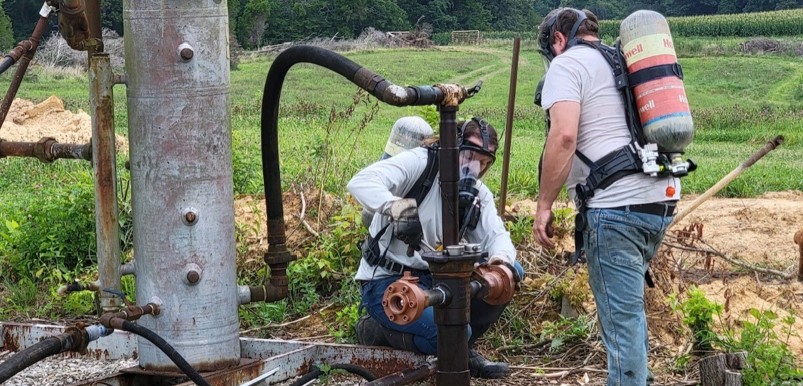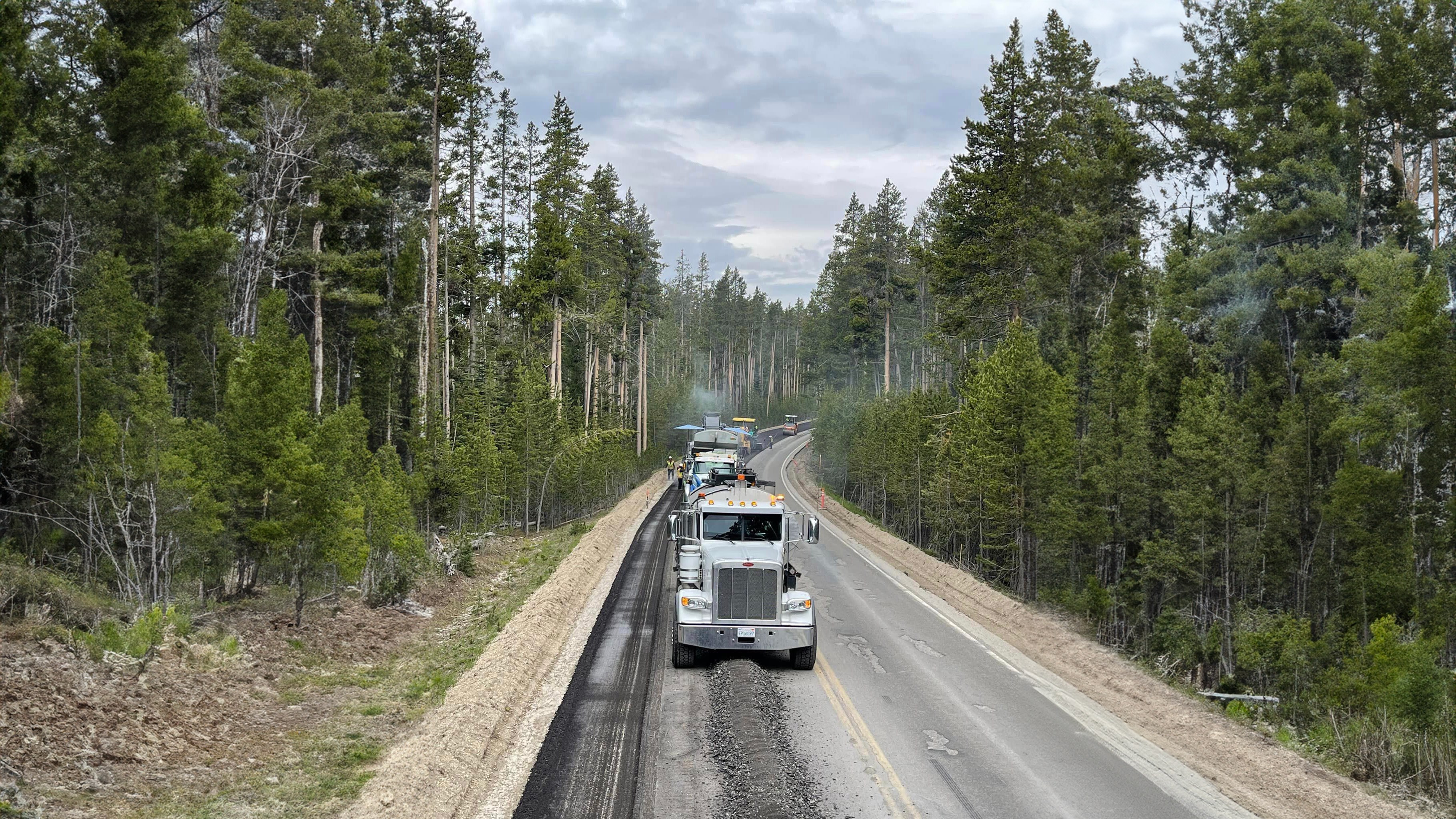SunCulture Solar Water Pumps
Introducing solar irrigation to Kenya and transitioning away from CO₂-emitting fuel pumps
Africa’s smallholder farmers have a leading role to play in climate resilience as guardians of natural assets and pioneers of climate smart agricultural practices. Currently, unpredictable rain results in limited access to water which causes lower yields for these farmers. Consequently, they must resort to cheap fuel pumps to adapt to the changing climate, thus contributing to the problem further and perpetuating the cycle.
SunCulture breaks the current vicious circle by introducing life changing technology. As Africa’s first solar irrigation carbon project, it uses the power of the sun to drive climate resilience, mitigation, and adaptation. The purchase of carbon credits help enable this by lowering the cost of solar irrigation to a price below existing diesel and petrol water pumps. Without the SunCulture systems, farmers would continue using these harmful CO2-emitting fuel pumps.
SunCulture's IoT-enabled irrigation system monitoring ensures a rigorous carbon accounting process, tracking the exact number of minutes that a pump is used for emission-reduction calculations. The avoidance of emissions begins from the moment the technology switch has been made and the longevity of the systems is far greater than that of CO2-emitting alternatives.
SunCulture views smallholder farmers as climate pioneers by way of carbon financing, rather than as victims. The company is based in Kenya and has operations in several other African countries where it plans to scale this project.
Technology
Project details













Project certifications
Certifier
Verified Carbon Standard
Registry ID
VCS2989
Project registration date
Crediting period term
Latest project methodology
AMS-I.B.: Mechanical energy for the user with or without electrical energy | Version 12
Project design document (PDD)
PDD: SunCulture Solar Water Pumps
Current verifier of project outcomes
Earthood Services Private Limited

North Maine Woods Improved Forest Management
Maintaining forest CO₂ stocks through sustainable forest management
The North Maine Woods Project is a 92,000-acre project containing areas of mature hardwood stands over 100 years old, located near the Canadian border within the largest undeveloped forest in the eastern United States. Part of a landowner co-op in northern Maine comprising 4.5 million acres and aiming for responsible management and conservation, the project is estimated to remove approximately 3 million metric tons of CO2 over its lifetime. Its carbon revenues will help pay off the initial purchase loan as well as buy additional timberlands for sustainable forestry management. A baseline scenario for a timber property such as this would involve aggressive timber harvesting, which would compromise both wildlife and biodiversity.
The project area is home to black bears and a thriving moose population that averages eight to ten moose per square mile as opposed to the typical two to three per square mile. Additionally, because the project area is part of a larger network of forests, it provides important connectivity for populations of Canada lynx, while its wetlands contain unique species of both butterflies and moths.
Technology
Ratings
Project details





Project certifications
Certifier
American Carbon Registry
Registry ID
ACR587
Crediting period term
Latest project methodology
Improved Forest Management (IFM) on Non-Federal U.S. Forestlands | Version 1.3
Project design document (PDD)
PDD: North Maine Woods Improved Forest Management
Current verifier of project outcomes
Ruby Canyon Environmental, Inc

Katingan REDD+ Forest Protection
Protecting and restoring 149,800 ha of peatland in Central Kalimantan
The Katingan Peatland Restoration and Conservation Project aims to protect and restore 149,800 hectares of peatland ecosystems, offering local people sustainable sources of income while tackling global climate change. The project area stores vast amounts of CO2 and plays a role in stabilizing water flows, preventing peat fires, enriching soil nutrients, and providing clean water. Rich in biodiversity, it is home to large populations of many high conservation-value species, including some of the world’s most endangered, such as the Bornean orangutan (Pongo pygmaeus) and the proboscis monkey (Nasalis larvatus). It is surrounded by villages whose traditional livelihoods include farming, fishing, and non-timber forest product harvesting.
The project area lies entirely within state-designated production forest which, without the project, would be converted to fast-growing industrial pulpwood plantations. The project prevents this by securing full legal control of the area through an Ecosystem Restoration Concession license, thereby blocking plantation company applications.
The project has also achieved certification under the Climate, Community & Biodiversity (CCB) Standards. The forest habitat supports two critically endangered, 11 endangered, and 31 vulnerable species. Preliminary estimates indicate populations of nearly 4,000 orangutans and 10,000 Bornean gibbons, as well as more than 500 proboscis monkeys. These populations represent over 5% of the remaining global totals for these species. Overall, the project area’s biodiversity includes 157 bird, 67 mammal, 41 reptile, eight amphibian, 111 fish, and 314 plant (flora) species.
Technology
Ratings
Project details









Project certifications
Certifier
Verified Carbon Standard
Registry ID
VCS1477
Project registration date
Crediting period term
Latest project methodology
VM0007 REDD+ Methodology Framework (REDD-MF) | Version 1.5
Current verifier of project outcomes
Aster Global Environmental Solutions, Inc.

France Biobased Concrete
Revolutionizing construction with hemp-based materials (Biosys® and Multichanvre®) to significantly cut building carbon footprints, align with EU climate goals, and address embodied emissions
Adopting biobased materials in construction presents a compelling solution to diminish the carbon footprint of the building sector. These materials not only involve fewer pollutant components but also require significantly lower energy inputs during the manufacturing process compared to ordinary solutions. Furthermore, their implementation facilitates the long-term storage of atmospheric CO2. Enhancing the sustainability of buildings is pivotal in achieving the EU's climate change mitigation goals, and the EU's renovation wave is poised to be a central driver in the substantial enhancement of Europe's current building stock.
Vieille Matériaux produces hemp concrete blocks — also called "hempcrete" (Biosys®) — and hemp insulation (Multichanvre®) for the building construction sector. These are two hemp concrete blocks with a similar composition (designed by Vicat, and now produced and sold entirely by Vieille Matériaux): (a) Biosys, used for construction (with reinforced concrete reinforcement for load-bearing capacity), and (b) Multichanvre, used for insulation. Using locally supplied hemp and natural quick-setting cement, Vieille Matériaux boosts the thermal, energy consumption, and environmental quality of conventional construction materials.
Buildings contribute to 21% of global greenhouse gas emissions (GHGs), primarily from operational and embodied emissions. Embodied emissions, which make up 5-12% of national GHGs in European countries, result from energy-intensive production of common building materials like cement and steel. Biobased materials offer a more sustainable alternative with lower GHG emissions due to their carbon-neutral or carbon-negative composition and less energy-intensive manufacturing.
Vieille Matériaux first sold its hempcrete blocks in July 2016. In 2022, it produced 9,296 m² of Biosys® and 9,780 m² of Multichanvre®. During the 5-year crediting period, the project is expected to avoid 900 tonnes of CO2eq and remove 4,391 tonnes of CO2eq.
This project was audited and validated by Verifavia (accredited 14065) in November 2023 with the present document and attached files listed in the Appendix.
Regulatory additionality: Several regulations relate to or promote biobased construction, but none mandate it. The European Union’s (EU) Energy Performance of Buildings Directive (EPBD) and the Circular Economy Action Plan promote the use of biobased materials.
The market prices for competing products show that selling at higher prices is infeasible. That means the production price of Biosys and Multichanvre is far more than the current market and current selling price, where only 0.052 and 0.056 carbon credits will be generated for each m² of hempcrete blocks Biosys and Multichanvre insulation produced respectively.
The carbon credits issued for this project are avoidance and removal types, considering the 100-year lifespan of Biosys® and Multichanvre®. The biogenic carbon content is therefore guaranteed to be sequestered for a minimum of 100 years, calculated as the expected service lifetime declared in the product's FDES.
Technology
Project details



Project certifications
Certifier
Rainbow
Registry ID
RIV-2023-PROJ-25
Project registration date
Crediting period term
Latest project methodology
RIV-BIOBM-01-CONST: Biobased construction materials | Version 2.1
Project design document (PDD)
PDD: France Biobased Concrete
Current verifier of project outcomes
Verifavia

Precast Building Elements from Local and Bio Based Straw and Wood
Producing eco-friendly straw-insulated wood-frame panels that meet energy regulations, cut greenhouse gas emissions, and provide a sustainable alternative to traditional materials
Manufacture Bois Paille produces straw-insulated wood-frame panels using the innovative technology developed and patented by their partner, Activ Home®. These panels enable swift and environmentally-friendly construction practices.
These panels not only comply with the demands of new energy regulations, but also remain competitive when compared to conventional materials that contribute to pollution. Overall, the use of straw and the development of prefabricated wood-frame panels can help create healthy, sustainable buildings that meet modern energy requirements while ensuring a cleaner and more efficient construction process.
Better construction and better use of buildings in the European Union (EU) would reduce final energy consumption by 42%, greenhouse gas (GHG) emissions by 35%, and all extracted materials by more than 50%. Notably, in 2019, the construction and operation of buildings were responsible for 38% of global energy-related CO₂ emissions. However, due to the pandemic and global efforts to decarbonize the sector, emissions experienced a 10% decrease. The adoption of biobased materials in construction presents a compelling solution to diminish the carbon footprint of the building sector.
These materials not only involve fewer pollutant components but also require significantly lower energy inputs during the manufacturing process compared to materials such as concrete, gypsum, or steel. Furthermore, their implementation facilitates the long-term storage of atmospheric CO₂. Straw, as a bio-sourced material, holds great potential as a locally abundant resource, boasting exceptional thermal and environmental qualities. By combining wood with straw, it becomes possible to construct buildings that are both sustainable and conducive to well-being, offering optimal insulation and comfort.
Validation audit and annual verification through a independent third-party auditor accredited by Association Bilan Carbone®.
Technology
Project details



Project certifications
Certifier
Rainbow
Registry ID
RIV-2023-PROJ-14
Project registration date
Crediting period term
Latest project methodology
RIV-BIOBM-01-CONST: Biobased construction materials | Version 2.1
Project design document (PDD)
PDD: Precast building elements from local and bio based straw and wood
Current verifier of project outcomes
Normec Verifavia

NativState – S&J Taylor Forest Carbon Improved Forest Management Project
Improving forest management to store carbon in south central Arkansas
The NativState–S&J Taylor Forest Carbon Improved Forest Management Project focuses on long‑term, sustainable forest management across approximately 17,216 acres in south‑central Arkansas, spanning Cleveland, Grant, Jefferson, and Saline counties. The project area includes bottomland hardwoods, mixed oak‑pine, and pine plantations, as well as riparian forests along the Saline River Bottoms and Hurricane Creek.
The project reduces emissions and increases carbon storage by maintaining higher forest carbon stocks than a modeled baseline. In the baseline, pine stands typically follow a 26‑year rotation with thinnings and a final harvest, and hardwood stands are clearcut when financially mature with a roughly 60‑year re‑entry. Under the project, pine rotations are extended to 40 years, hardwood harvests are kept to about 1% of biomass per year, and no harvests occur in streamside management zones. Streamside buffers follow Arkansas best management practices, including slope‑based widths and basal‑area retention, to protect water quality. This approach is designed to maintain and enhance forest greenhouse gas pools above baseline conditions over time.
Beyond carbon, the project is designed to deliver environmental and community co‑benefits. Habitat for flora and fauna is protected, water quality is enhanced, erosion is limited, and recreational opportunities may be available on parts of the property. All forest holdings in the project are certified under the American Tree Farm System.
The land is owned by the S&J Taylor Family, and the project’s developer, NativState, led the inventory and technical modeling. NativState brings experience partnering with small‑ to medium‑sized landowners across the Southern U.S. to develop forest carbon credits, and the company currently manages over 200,000 net forested acres.
Technology
Ratings
Project details





Project certifications
Certifier
American Carbon Registry
Registry ID
ACR783
Project registration date
Crediting period term
Latest project methodology
Improved Forest Management (IFM) on Non-Federal U.S. Forestlands | Version 2.0
Project design document (PDD)
PDD: S&J Taylor Improved Forest Management
Current verifier of project outcomes
TÜV SÜD America, Inc.

Tradewater US - Plugging Orphaned Oil and Gas Wells 2
Finding, measuring, and permanently plugging 1 high-emitting orphaned gas well in Greene County, Indiana
Tradewater is a B Corp and mission-based project development company that is strategically focused on the collection, control, and destruction of potent non-CO2 greenhouse gases. Tradewater searches around the world for canisters of antiquated refrigerants and fire suppressants that are up to 10,000 times more potent than CO2 and destroys them before they rust and leak. Tradewater also plugs orphaned oil and gas wells that are actively spewing methane and carcinogens. By using technology available at scale today to prevent emissions of some of the world’s most potent greenhouse gases, Tradewater is rapidly reducing global emissions and “hitting the emergency brake” on climate change. To date, Tradewater has permanently prevented over 7.5 million tons of CO2e from reaching the atmosphere and has set a bold new goal of collecting, controlling, and destroying at least 3 million tons of CO2e annually moving forward.
For this project, Tradewater is plugging 1 orphaned gas well in Greene County, Indiana to prevent methane emissions, remediate land, and improve local air and water quality. Over a 20-year period, methane has a global warming potential that is 84 times greater than CO2. Since the Industrial Revolution, methane has caused 30% of global warming.
Orphaned wells are those where the company that drilled and operated them is either bankrupt or otherwise insolvent, leaving no company liable to plug the wells. While some federal funding has been allocated to plug these wells, it is nowhere near enough to cover the cost of plugging all existing orphaned wells in the US, making Tradewater's work highly additional. These wells are located on farms, public land, and even in backyards, leaking methane and toxic gases like hydrogen sulfide and the known carcinogen benzene. Tradewater conducts field tests to directly measure methane releases, then coordinates with landowners and state agencies to plan plugging activities. Tradewater hires qualified local contractors to remove surface equipment, plug wells per state regulations, and remediate the land, permanently stopping current and future methane leaks and returning the land to its rightful state.
Credits were generated from the plugging of orphan wells in accordance with the protocols set forth by the leading carbon registry American Carbon Registry (ACR). All ACR projects are third-party verified to ensure compliance and quality.
Technology
Ratings
Project details




Project certifications
Certifier
American Carbon Registry
Registry ID
ACR915
Project registration date
Crediting period term
Latest project methodology
Plugging Orphaned Oil and Gas Wells | Version 1
Project design document (PDD)
PDD: Tradewater US - Plugging Orphaned Oil and Gas Wells 2
Current verifier of project outcomes
GHD Services Inc.

Recycling Roadways for Carbon Emission Reductions – Global Emissionairy – U.S. Project #1
Recycling roadways with cold processes to reduce asphalt paving emissions in the US
The Recycling Roadways for Carbon Emission Reductions – Global Emissionairy – U.S. Project #1 is designed to cut the climate impact of road rehabilitation across the United States by replacing conventional hot mix asphalt with cold recycling techniques. The project brings together road construction contractors nationwide to use foam stabilized base and asphalt emulsion mixes produced and installed through cold central plant recycling, cold in‑place recycling, and, where appropriate, full‑depth reclamation. These techniques reuse existing roadway materials to deliver the same function with a lower emissions footprint.
The project reduces greenhouse gases by avoiding mining and hauling large quantities of virgin aggregate, lowering the amount of liquid asphalt required, and eliminating the need to heat aggregates to high temperatures. Because production can occur on or near the job site and the mixes are installed cold, the project cuts energy use and trucking miles compared to standard practices. In many cases, these methods can also shorten construction time, reduce traffic disruptions and queues, and lessen neighborhood truck traffic.
This is a grouped project with activities limited to the United States where cold recycling is not mandated. Global Emissionairy, LLC leads the project, with technical and methodology support from the University of Maryland’s Smart Construction Center and King Cow Interactive.
Technology
Project details



Project certifications
Certifier
Verified Carbon Standard
Registry ID
VCS3839
Project registration date
Crediting period term
Latest project methodology
VM0039 Methodology for Use of Foam Stabilized Base and Emulsion Asphalt Mixtures in Pavement Application | Version 1
Project design document (PDD)
PDD: Roadway Recycling Industrial Process Emissions
Current verifier of project outcomes
SCS Global Services

Dalton-Whitfield Landfill Gas Capture
Reducing greenhouse gas emissions by capturing and destroying landfill gas from the Old Dixie Landfill
The Dalton-Whitfield Landfill Project captures methane-rich landfill gas from the Old Dixie landfill in Dalton, Whitfield County, Georgia. The Dalton-Whitfield Regional Solid Waste Management Authority developed and operates this project to improve environmental and financial performance, rather than to meet a regulatory requirement. The system cleans the landfill gas and sends it to a nearby industrial boiler to replace natural gas. Any remaining gas is burned in an onsite candlestick flare to destroy methane.
The project reduces emissions by collecting landfill gas from a network of wells and combusting it. Combustion converts methane into carbon dioxide, which has a lower warming impact, and sending gas to an industrial boiler displaces fossil fuel use. The landfill has a permitted capacity of about 6.3 million tonnes, and the collection system currently pulls gas from dozens of wells across the site. The project began operating in 2008, with the flare and pipeline components commissioned that year.
The Authority owns the landfill and its gas collection and control system while managing day-to-day operations. Anew Environmental serves as the carbon credit manager and consultant. The project is not implemented due to a legal mandate; testing and regulatory review indicate the site is below thresholds that would otherwise require a gas collection and combustion system.
Technology
Project details
Project certifications
Certifier
Climate Action Reserve
Registry ID
CAR466
Project registration date
Crediting period term
Latest project methodology
U.S. Landfill | Version 6.0
Current verifier of project outcomes
TUV SUD America, Inc.

